
Special education teacher Lamikco Magee of Amherst cheers during a rally for public education at the Boston Common on May 19, 2017. Participants called for full funding for public education, less testing and more learning, and equitable access to quality education for all students. Image credit: Craig F. Walker/The Boston Globe/Getty Images.
The ultimate dream of public education is incredibly simple. Students, ideally, would go to a classroom, receive top-notch instruction from a passionate, well-informed teacher, would work hard in their class, and would come away with a new set of skills, talents, interests, and capabilities. Over the past few decades in the United States, a number of education reforms have been enacted, designed to measure and improve student learning outcomes, holding teachers accountable for their students’ performances. Despite these well-intentioned programs, including No Child Left Behind, Race To The Top, and the Every Student Succeeds Act, public education is more broken than ever. The reason, as much as we hate to admit it, is that we’ve disobeyed the cardinal rule of success in any industry: treating your workers like professionals.
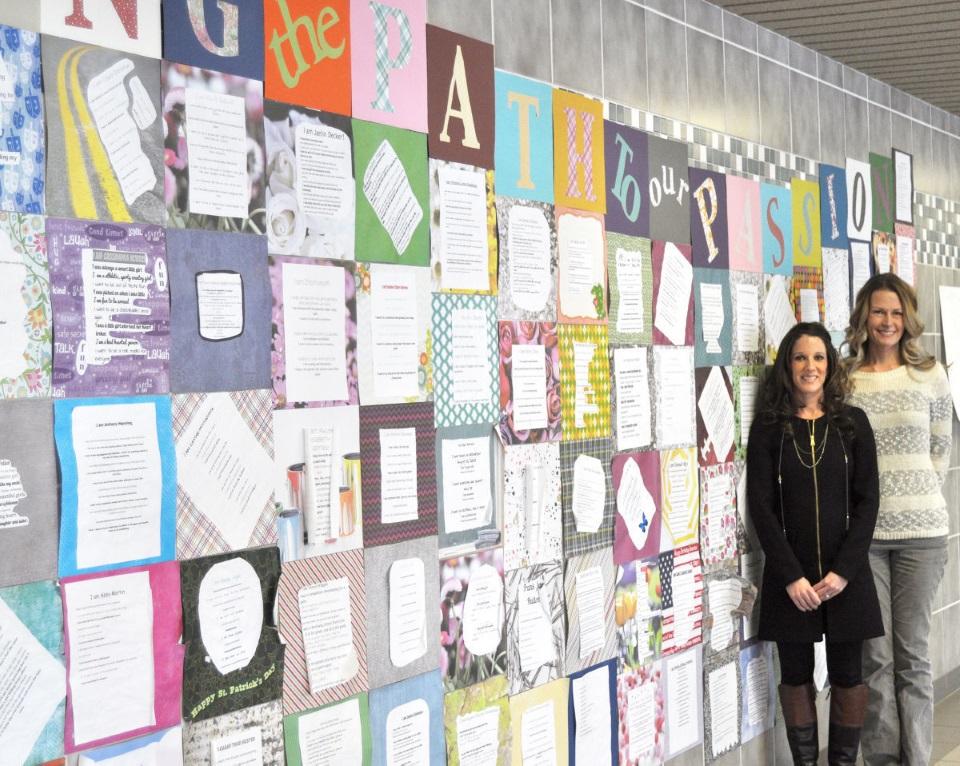 Elaine Haskins / The Courier Express
Elaine Haskins / The Courier ExpressDuBois Area Middle School English teacher Robyn Davis, shown alongside Principal Wendy Benton, came up with a project which may help students find their passion and turn it into a fulfilling career later in life.
Everyone who’s been through school has had experiences with a wide variety of teachers, ranging from the colossally bad to the spectacularly good. There are a few qualities universally ascribed to the best teachers, and the lists almost always include the following traits:
- a passion for their chosen subject,
- a deep, expert-level knowledge of the subject matter they’re teaching,
- a willingness to cater to a variety of learning styles and to employ a variety of educational techniques,
- and a vision for what a class of properly educated students would be able to know and demonstrate at the end of the academic year.
Yet despite knowing what a spectacular teacher looks like, the educational models we have in place actively discourage every one of these.
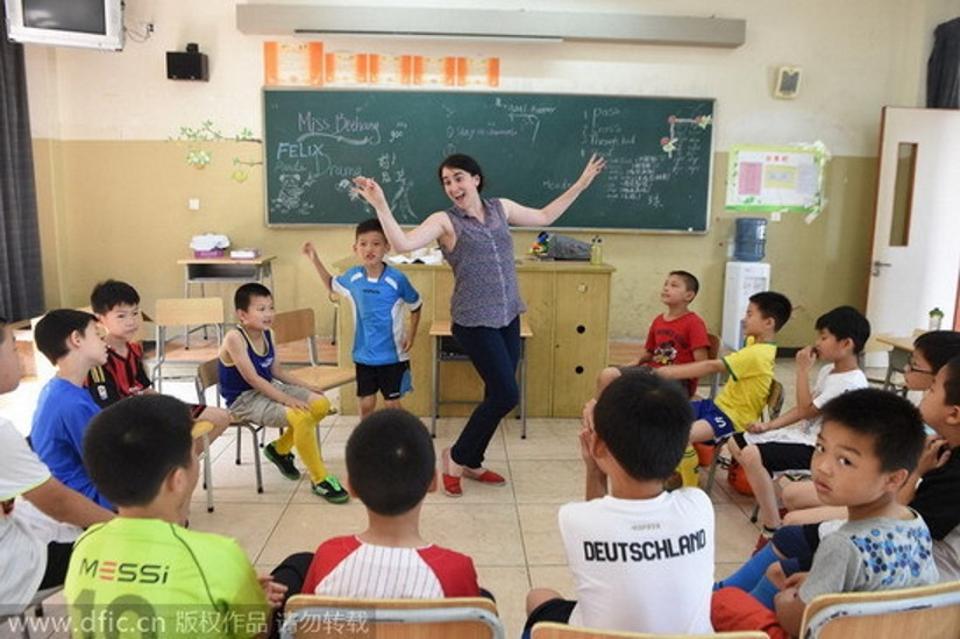 Photo/IC, Chinadaily
Photo/IC, ChinadailyA foreign teacher interacts with her students at an English training center in Hangzhou on July 8, 2014. Foreign teachers are often equipped with expert knowledge and a passion, because they chose their careers, that native Chinese teachers do not possess.
The first and largest problem is that every educational program we’ve had in place since 2002 — the first year that No Child Left Behind took effect — prioritizes student performance on standardized tests above all else. Test performance is now tied to both school funding, and the evaluation of teachers and administrators. In many cases, there exists no empirical evidence to back up the validity of this approach, yet it’s universally accepted as the way things ought to be.
Imagine, for a moment, that this weren’t education, but any other job. Imagine how you’d feel if you found yourself employed in such a role.
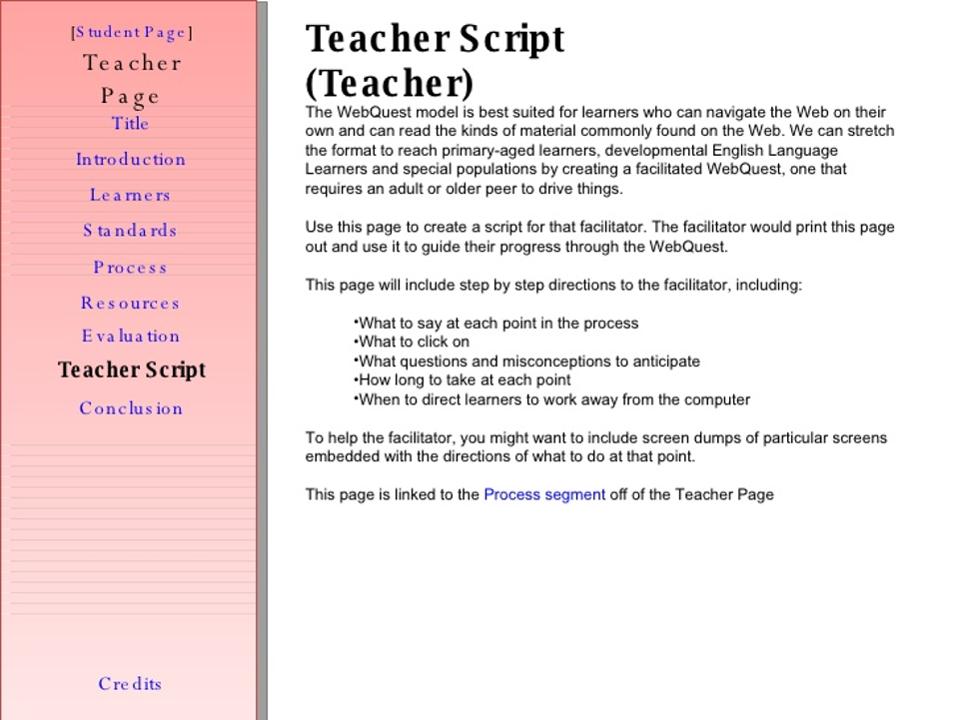 James Folkestad / Slideshare
James Folkestad / SlideshareRequiring teachers to follow a script in a variety of educational settings is one of the surest ways to squash creativity and kill student interest. It is a more widespread practice than ever before.
You have, on any given day, a slew of unique problems to tackle. These include how to reach, motivate, and excite the people whose education and performance you’re responsible for. It includes imparting them with skills that will enable them to succeed in the world, which will be vastly different from state-to-state, county-to-county, and even classroom-to-classroom. Gifted students, average students, special needs students, and students with severe disabilities are all often found in the same class, requiring a deft touch to keep everyone motivated and engaged. Moreover, students often come to class with problems that place them at a competitive disadvantage, such as food insecurity, unaddressed physical, dental, and mental health issues, or home life responsibilities that severely curtail their ability to invest in academics.
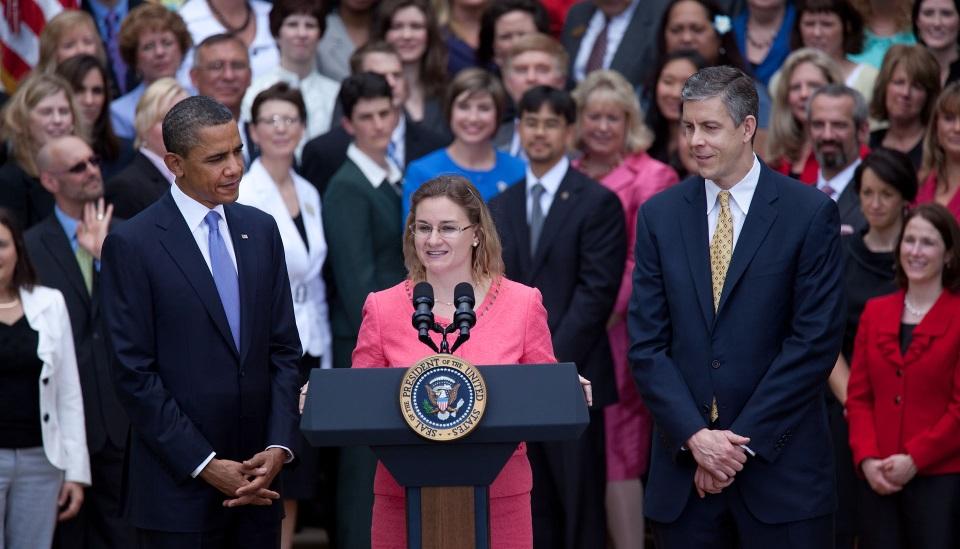 Official White House Photo / Lawrence Jackson
Official White House Photo / Lawrence JacksonWhile honoring 2011 teacher of the year Michelle Shearer, President Obama quoted William Butler Yeats,
saying, ‘Education is not the filling of a pail, but the lighting of a fire.’
If your goal was to achieve the greatest learning outcome possible for each of your students, what would you need to be successful? You’d need the freedom to decide what to teach, how to teach it, how to evaluate and assess your students, and how to structure your classroom and curriculum. You’d need the freedom to make individualized plans or separate plans for students who were achieving at different levels. You’d need the resources — financial, time, and support resources — to maximize the return on your efforts. In short, you’d need the same thing that any employee in any role needs: the freedom and flexibility to assess your own situation, and make empowered decisions.
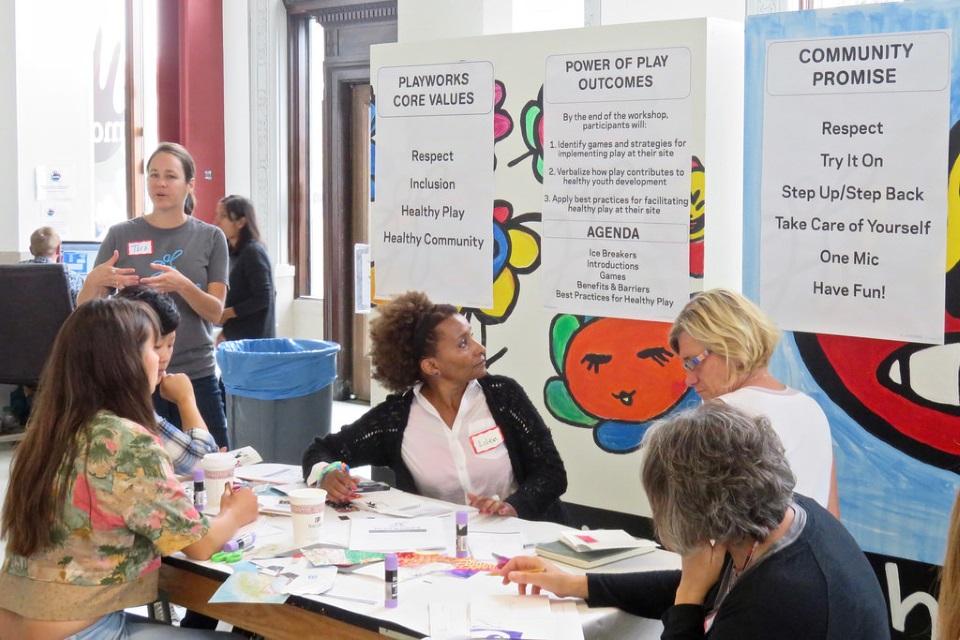 Fabrice Florin / Flickr
Fabrice Florin / FlickrTeacher training at the Museum of Childrens Arts (MOCHA) in Oakland focuses on skills and activities that may help children learn and succeed, but does nothing to help their performance on standardized testing. Teacher education like this has been largely phased out.
In public education, if teachers do that, they are penalized to an extraordinary extent. Passion is disincentivized, as whatever aspects your passionate about take a back seat to what will appear on the standardized test. Expert knowledge is thrown to the wayside, as curiosity and engagement is seen as a distraction. A vision for what successful students look like is narrowed down to one metric alone: test performance. And a teacher’s evaluation of what skills are important to develop is treated as less than nothing, as anything that fails to raise a student’s test score is something that everyone — the teacher, the school, and the student — are all penalized for.
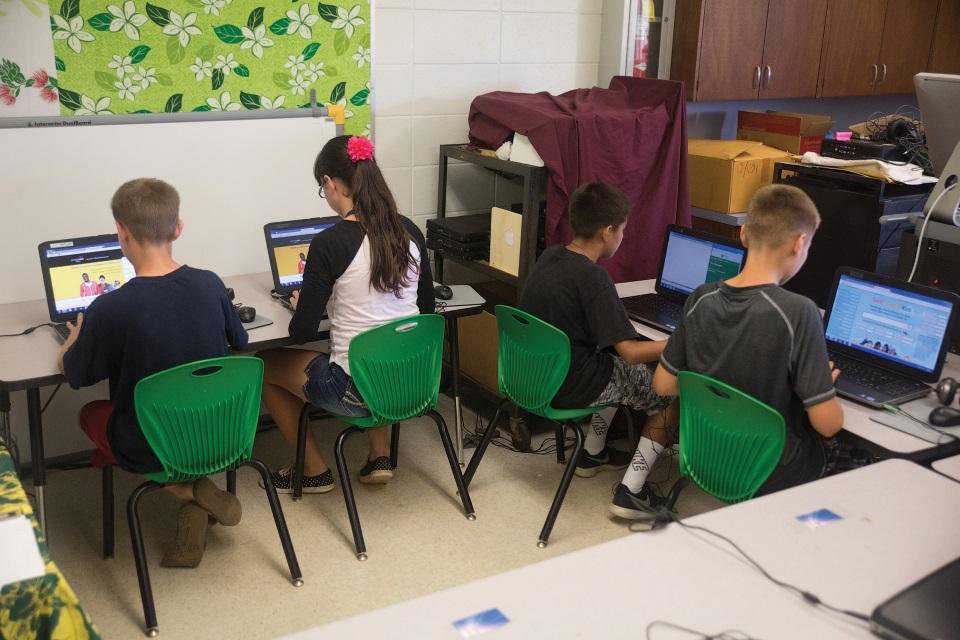 U.S. Marine Corps photo by Cpl. Khalil Ross
U.S. Marine Corps photo by Cpl. Khalil RossHolding all students to the same standards and evaluating them based on the same tests, as well as tying those test results to teacher evaluations and funding, is a recipe for disaster in education.
If this were common practice in any other industry, we’d be outraged. How dare you presume to micromanage the experts, the very people you hired to do a difficult job full of unique challenges to the best of their abilities! Yet in education, we have this unrealistic dream that a scripted, one-sized-fits-all strategy will somehow lead to success for all. That we can somehow, through just the right set of instructions, transform a mediocre teacher into a great one.
This hasn’t worked in any walk of life, and it doesn’t work in education. If we were serious about improving the quality of public education in this country (or any country), we wouldn’t focus on a one-size-fits-all model, whether at the federal or state level. We would fully fund schools everywhere, regardless of test scores, economic concerns, or teacher quality. We would make a concerted effort to pay desirable wages to extremely qualified, expert-knowledge-level educators, and give them the support resources they need to succeed. And we’d evaluate them across a variety of objective and subjective metrics, with any standardized testing components making up only a small part of an evaluation.
 Wikimedia Commons user Petsikos
Wikimedia Commons user PetsikosStudents are taking fewer field trips and having fewer unique educational experiences, which not only tempers their interest in scholastic activities, but hurts them experientially in the long run.
The most important goal of an education is something we rarely talk about: the set of skills and the capabilities of thinking and problem solving that a student acquires. Part of what makes an adult successful in this world is the unique toolkit they have for approaching, attacking, and defeating the challenges they face in this world. A diversity of experiences and methods among the population is a great way to ensure that more problems can be solved; absolute uniformity is as bad for human society as monoculture is for agriculture. The greatest advances in science and society have come about because of the unique backgrounds and approaches some of the greatest minds in history possessed and utilized. Unless our goal is societal stagnation, we need to encourage creativity and excellence, not only in our students, but in our educators as well.
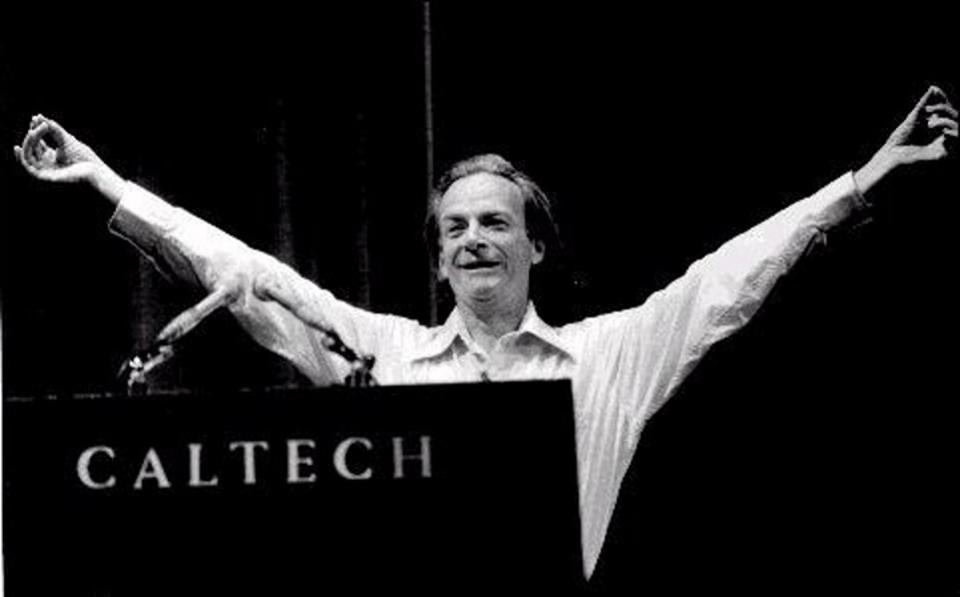 Caltech Archives
Caltech ArchivesRichard Feynman lecturing at a Caltech commencement. Feynman’s unique approach to a large variety of problems allowed him to make advances that no one else did… and his unique education was a huge part of what helped him to succeed.
Like any job involving an interaction with other people, teaching is as much of an art as it is a science. By taking away the freedom to innovate, we aren’t improving the outcomes of the worst teachers or even average teachers; we’re simply telling the good ones that their skills and talents aren’t needed here. By refusing to treat teachers like professionals — by failing to empower them to teach students in the best way that they see fit — we demonstrate the simple fact that we don’t trust them to do a good job, or even to understand what doing a good job looks like. Until we abandon the failed education model we’ve adopted since the start of the 21st century, public education will continue to be broken. As long as we insist on telling teachers what to teach and how to teach it, we’ll continue to fail our children.
[“Source-forbes”]
